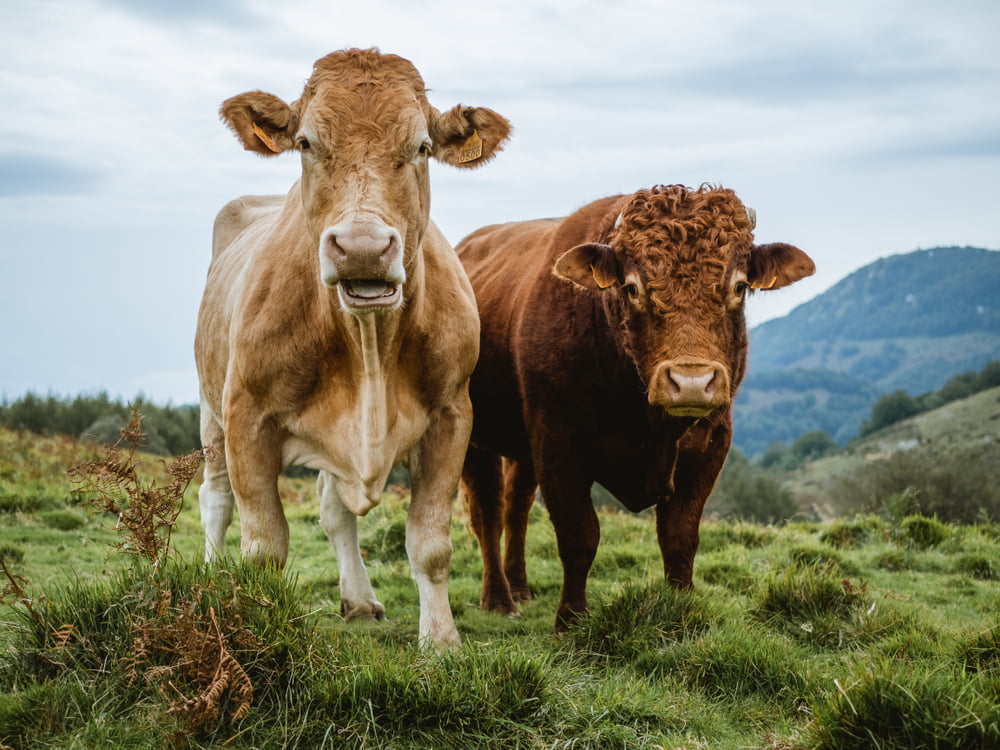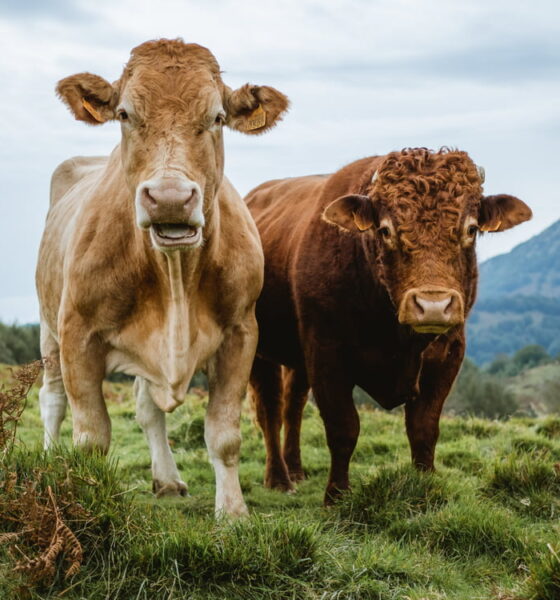

Environment
The Environmental Struggles Faced by Modern Dairy Farmers
The economy has been turned on its side in recent years, so the struggles of the dairy farmer in today’s world are very real. They are facing unprecedented challenges that must be met head-on. Some of these challenges include the demand for plant-based foods and the increased awareness of the impact of large dairy farms on the environment. Research indicates that shifting to plant-based diets could reduce agricultural greenhouse emissions by 61%, which is encouraging for many people. The environmental problems are also causing logistical issues for farmers as well.
The United States Department of Agriculture talked about some of the problems that dairy farmers face as climate change fears escalate. The authors warn that increased rainfall as a result of global warming could cause a loss of up to 40% of nutrients in fields for feeding cows by 2050.
Of course, the relationship between climate change and dairy farming is a two-way street. While climate change is creating problems for these farmers, their own practices are contributing to global warming.
As a result, eco-conscious consumers are making their purchase decisions based on concerns for climate change and the impact food has on their body. This is why many of them are following plant-based diets. Dairy farmers must be aware and take necessary steps to address these concerns. Let’s take a close look at these challenges.
Consumer Demand for Plant-Based Products
Two factors have contributed to consumer demand for more plant-based products. The first is that plant-based foods are considered healthier for the body. But the welfare of animals is at the top of most people’s list. They have watched documentaries that show the brutal treatment of animals by large, corporate dairy farms.
There is also another contributing factor. The pandemic led to greater awareness of other issues like climate change and some practices like working from home to lower their environmental footprint. The pandemic also gave a lot of consumers the opportunity to try other types of products and they found a lot of the plant-based blends to be enjoyable. Some blends are even more affordable than dairy, compounding the challenge.
The dairy market is doing one of two things to meet this challenge. Some are including plant-based products in order to reserve their place in the ever-expanding market. Of course, small dairy farmers might not have this option and will turn to the second option. This is to raise awareness of the benefits of dairy products and showcase their advantages over their plant-based counterparts.
Dairy Products Cultivated in a Lab
In order to appeal to consumer concerns about the welfare of animals, small startups are emerging that specialize in creating dairy products grown in a lab. Many of these products are genetically indistinguishable, so they taste the same. This has led to even more challenging times for small dairy farmers.
The goal is to provide consumers with identical products without the need for animals. Since live animal usage is also connected to climate change, this also appeals to that demographic. Lab-based dairy is still in early development so dairy farmers have time to adapt, but it’s important to start taking steps right now to prepare.
Environmental Effects of Producing Dairy
The dairy industry has come under a lot of scrutiny due to the greenhouse gases that are emitted by close-quarter animals. Even despite the surge in activists against mass produced animal products, a large number of consumers are still fixated on dairy. So, farmers need to capitalize on this market. The challenge is that it’s much smaller than it was a decade ago.
Most dairy farmers are adapting by finding areas during the production phase that can be made more sustainable and environmentally friendly. That’s the key. Some examples include moving away from plastic bottling and opting for glass or biodegradable containers. Cheese manufacturers are creating edible packaging to reduce consumer waste. Making use of an energy efficient milking machine for cows is another option.
In short, you must think outside of the box if you want to stay competitive in today’s market. Many savvy dairy farmers are finding ways to reduce their carbon footprint and show consumers that you care for your animals.
Final Thoughts
These are only a few of the challenges that are faced by small dairy farmers, but they are the biggest. In truth, large corporations have created a really bad image for dairy production, leaving small dairy farmers with the fallout.






























